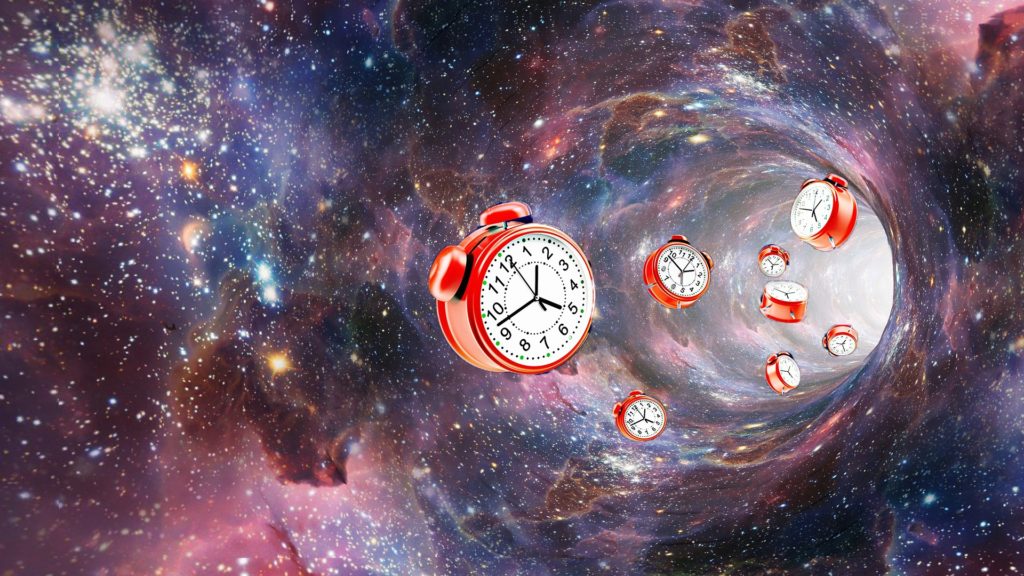What’s the difference between color grading and correction?
In the analog world, color timing was a lengthy photochemical process that took place in a photo lab. Now the color processing is digital and the color profiles of images and film material can be converted with a few mouse clicks. It`s a important process in creating a 3D configurator.

There are two main types of color manipulation and their names are often used interchangeably. Color grading and correction are similar in their process, but differ in the way they are used and when.
Color Correction.
Color Correction is a unique process in which an image is adjusted to “correct” deviations from the standard appearance.
These corrections include:
- Exposure
- white balance
- ISO noise
- contrast
Color Correction can be used to cover errors in camera settings and to extract more information from flat profiles. You should color correct your footage as much as possible, as it creates coherence between shots.
Color Grading.
Color grading is a multi-process that can change the visual tone of an entire movie. Once your footage is corrected, you can work on changing the theme and aesthetics. Grading is used more as a brush to paint a picture intentionally. This includes:
- Shot Matching
- Remove Objects
- shaped masks
- Cinematic Looks (Day-to-Night, Underwater, Flashbacks etc.)
Color grading is considered a “high-end” process and is not used so often in most videos. If you want to create detailed color profiles, you should be prepared for more elaborate editing and longer render times.
In the following we present you a helpful video, which further breaks down the differences between these two color gradients.
Thanks for reading.